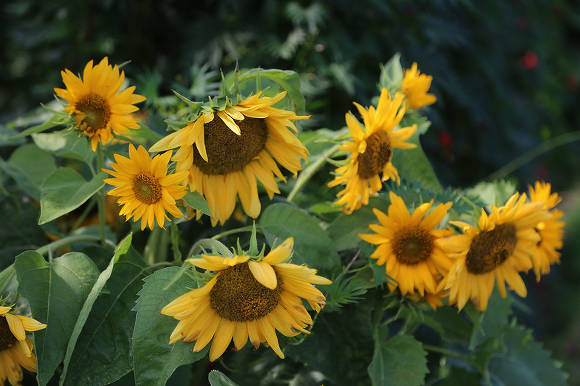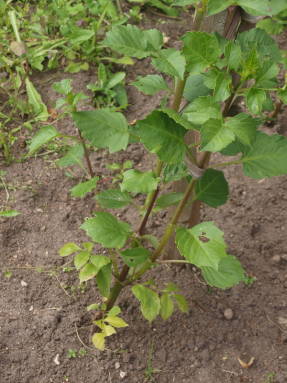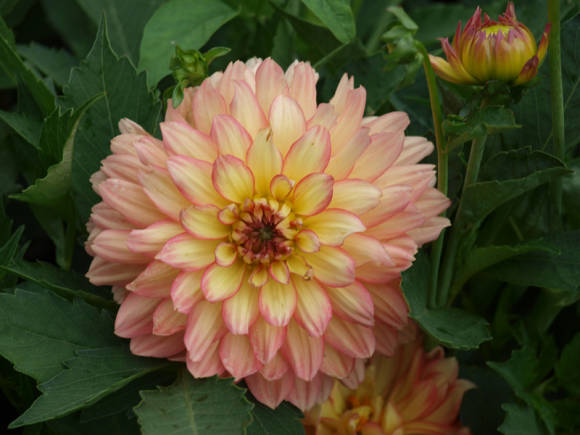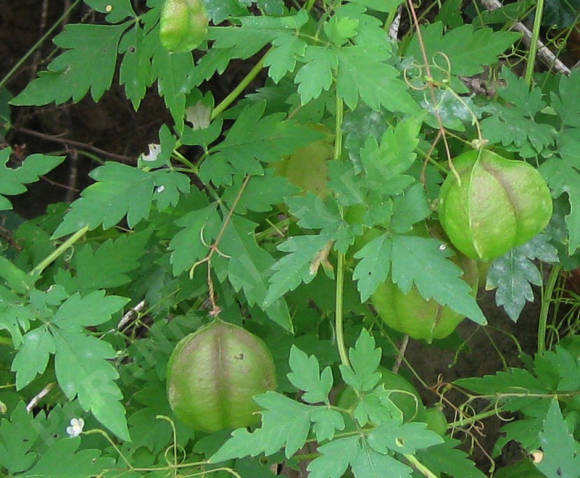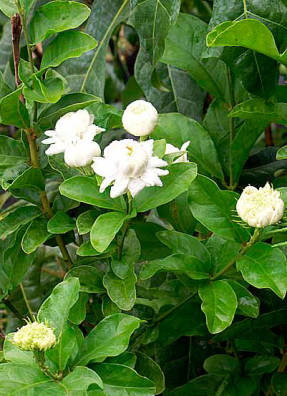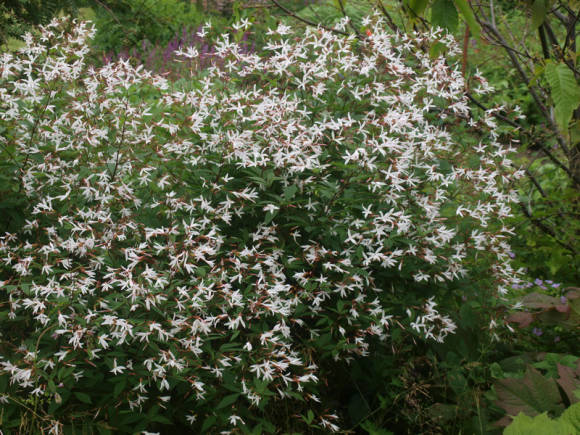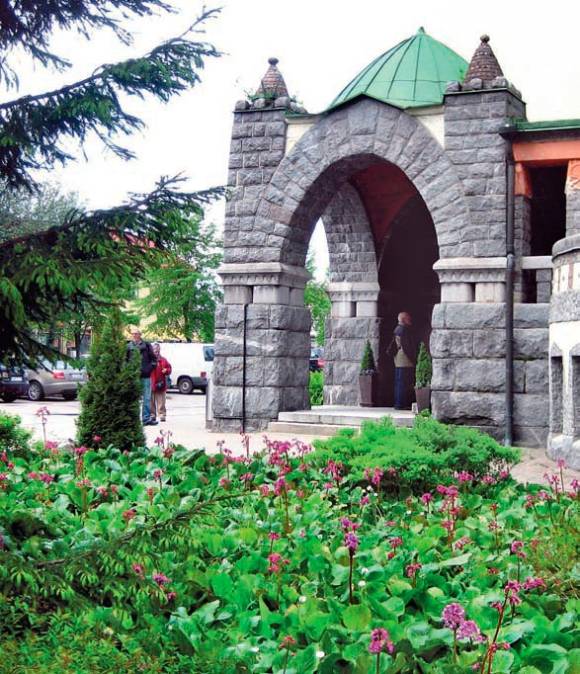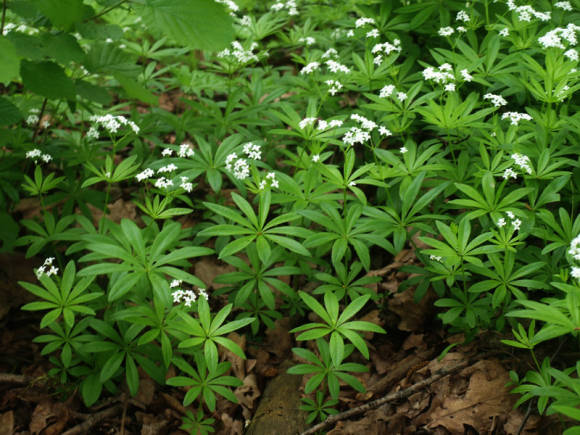Trachikarpus - interesting and promising for gardening palm trees, are now widely used for landscaping streets in countries with subtropical and temperate climates, as well as tub and pot plants in cooler climates. Read more about the appearance, features of growth in the wild of various types of trachycarpus on the page Trachikarpus.
 |
Trachycarpus Fortune is the most widespread in culture.(Trachycarpus fortunei), it has long been grown for its durable fibers, which are used to make ropes and ropes, clothes and shoes, mats and other household products. In addition to applied use, trachycarpus has undoubted decorative qualities. This fan palm came to Europe in the middle of the 19th century and began to be grown as a beautiful exotic greenhouse plant.
In nature, Fortune's trachycarpus can reach 10-12 meters in height, but in culture it grows much lower. The trunk is covered with a brown thick coarse coat formed by the remnants of petioles of old leaves. Fanned, deeply divided into many segments, hard leaves, dark green above and with a silvery bloom below, give a special decorative effect. The palm tree willingly blooms with long branchy yellow fragrant tassels even in greenhouses, but at home flowering is extremely rare, since only young specimens that have not reached the flowering age can be grown here. Flowering is replaced by clusters of bluish-black fruits, resembling bunches of small grapes in appearance. Fruit setting is only possible when male and female specimens are grown together.
It turned out that this species, in addition to decorativeness, has other invaluable qualities - it is the most cold-resistant and unpretentious palm. A case was recorded when several specimens of Fortchun's trachikarpus were able to survive a cold snap to -27.5 ° C in Plovdiv (Bulgaria) during the harsh winter of 1993. It grows well in open ground on the Black Sea coast of the Caucasus, where it gives abundant self-seeding.
In indoor culture, trachycarpus are also unpretentious, but due to the large final size of this species, only young specimens are grown at home. The advantages of this type of palms include the absence of thorns on the leaf stalks.
Lighting... Trachikarpus can grow in all light conditions, from bright to semi-shaded, but prefers a bright location near south-facing windows. In a room in direct sunlight, the leaves will overheat in summer, so it is necessary to protect the plant from the scorching sun and ensure good ventilation of the room. In the summer, it is recommended to take the palm tree out into the open air, gradually accustoming it to sunlight.
Temperature... In summer, the optimum temperature of the content is + 18 + 24 ° C, the trachycarpus does not tolerate heat well and stops growing at high temperatures. If the temperature is too high for trachycarpus, the tips of the leaves can turn brown. In winter, it is preferable to maintain cool conditions - as for a subtropical plant, it is advisable for trachycarpus to rest at a temperature of + 6 + 12 ° C. But if it is impossible to arrange a cool winter, this palm tree will also tolerate warm room conditions. You can not rush to remove trachycarpus from the street in the fall before the onset of freezing temperatures, but it is better to protect potted plants from frost.
Watering plentiful in summer, after the top layer of the soil dries up, avoiding stagnation of water in the soil and the sump. In winter, watering is reduced according to the conditions of detention (the darker and cooler, the less abundant watering), but the earthen coma is not brought to complete drying. It is advisable to periodically arrange a warm shower for the plant, which will free the leaves from accumulated dust and prevent severe tick damage.
Air quality... The optimum air humidity is about 50-60%, it is especially important to ensure high humidity during the heat. But trachycarpuses tolerate the low air humidity of our apartments quite well. At any time of the year, the palm tree must be in a well-ventilated area, in warm weather - preferably outside.
Transplant and soil composition... Trachycarpus is unpretentious to the composition of the soil mixture, it is only important to make a well-drained mixture. You can use ready-made soil for palm trees with the addition of perlite and turf. The proportion of sod land should increase gradually as the palm grows. It is recommended to carry out transplants only by careful transshipment, without disturbing the root coma. Young specimens are transplanted every 1-2 years, older ones - every 3-5 years.
Top dressing... To fertilize trachycarpus, use complex fertilizers for palms with microelements. Feeding can only be carried out during the active growing season of the plant, from spring to autumn.
Reproduction possible only by seeds. Seeds germinate quickly and amicably, usually within 1-2 months. Bottom heating is optional. It is better to sow seeds in January-February so that the sprouted sprouts do not suffer from a lack of light. Seedlings and young plants develop quite quickly, 5 leaves can grow in a year. The division of the leaf blade into segments begins at about 5-7 leaves.
Pests... Trachikarpus is resistant to pests, but if care is not followed, from a lack of light and drying out of an earthen coma, a strong tick damage is possible. It is also affected by mealybugs and scale insects.
Details about pests - in the article Houseplant pests and control measures.
